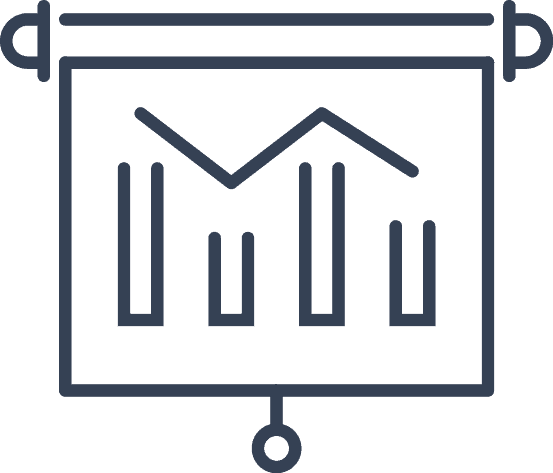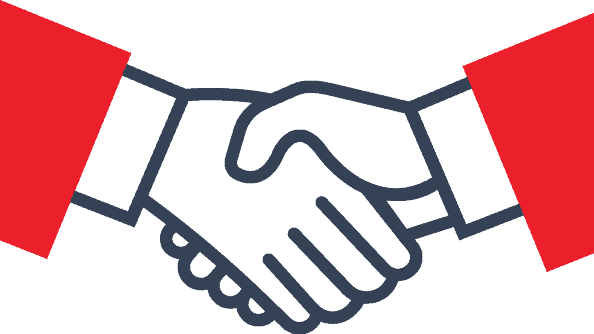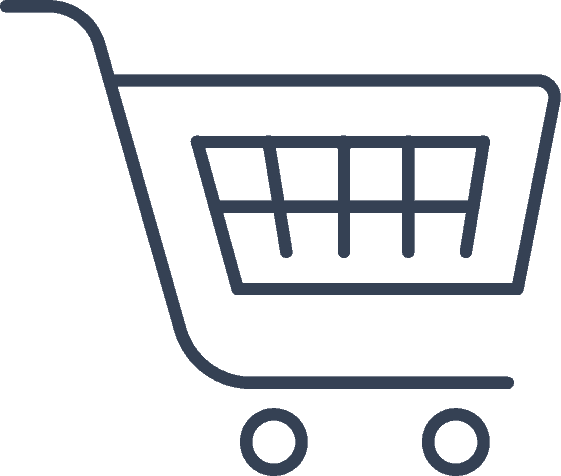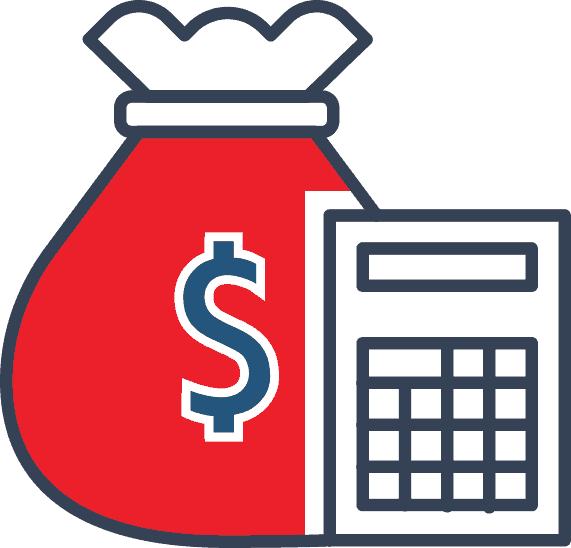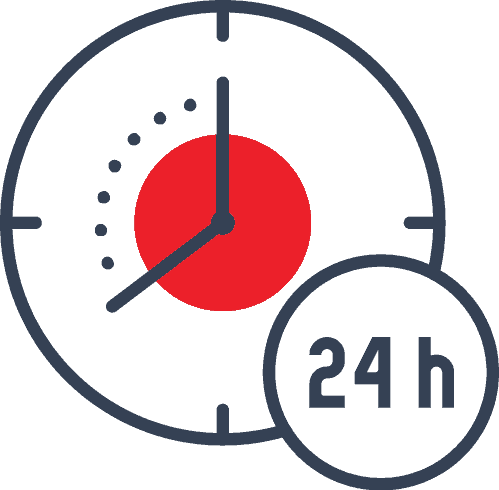There’s a certain ring to the word, “lobster.” When you order it in a restaurant, you feel ritzy. When you buy it at the local market, you feel indulgent. Lobster considered fancy among today’s diners, but it wasn’t always this way.
 Let’s rewind to the 1600’s where residents of the Massachusetts Bay Colony had a completely different perception of lobster – they thought it was garbage. Piles of lobster would wash up on to the beaches near Plymouth Plantation – so much in fact, the mayor was embarrassed by how much lobster was being served in his town. The colonists weren’t happy either. To get rid of the “problem” colonists served lobster to the indentured servants. After a while, the servants became so fed up with this meal, they revolted. The colonists had to sign contracts promising to only serve lobster a maximum of three times a week.
Let’s rewind to the 1600’s where residents of the Massachusetts Bay Colony had a completely different perception of lobster – they thought it was garbage. Piles of lobster would wash up on to the beaches near Plymouth Plantation – so much in fact, the mayor was embarrassed by how much lobster was being served in his town. The colonists weren’t happy either. To get rid of the “problem” colonists served lobster to the indentured servants. After a while, the servants became so fed up with this meal, they revolted. The colonists had to sign contracts promising to only serve lobster a maximum of three times a week.
This trend persisted all the way through the late 1800’s. It wasn’t until recent history that lobster became luxurious.
So what happened?
Lobster was plentiful, inexpensive, and healthy. As the railways started expanding, so did the lobster market. People who lived inland didn’t have the same perception of lobster because they never had access to this meat. It was a delicacy. As more passengers devoured lobster, they fell in love. Soon, people living inland were demanding lobster, even after they left the train.
The way it was cooked changed too. Instead of cooking lobster after it was already dead (changing the quality of the meat), chefs discovered that cooking them live made it more appetizing.
In the 1920’s, lobster hit its peak and by the 1950’s, it was considered a delicacy. All it took was love from a few rich people inland and a recipe change to transform lobster from revolting to a status symbol.
The Challenges of Driving Innovation
Lobster’s progression in the market happened because of the innovative take on the food item in the railway industry. Entrepreneurs today have the same opportunities, but uncovering them isn’t always easy.
There are many challenges to innovating a food item, product, or service.
- New ideas are often met with some cynicism. If you had told the people of Massachusetts and Maine that lobster was a delicacy, they would’ve laughed. They were cynical that this poor man’s food could turn luxurious, just like many consumers today are cynical of new ideas.
- The market needs to be convinced it’s worth trying and the next best thing. Once the colonists in Massachusetts and Maine heard that the rich men wanted more lobster, their cynicism broke down. Entrepreneurs today need to find that same golden ticket to convincing the market to try an innovative product.
- Target markets can make or break a business’s success. The rich people from the inlands riding the trains were the perfect target market for lobster. These people didn’t know the food was a poor man’s food or that it was available in abundance. They were willing to pay a premium and held lobster in high regard. To fuel growth, entrepreneurs need to find the same ideal target market for their product.
Business Lessons From Lobster
Lobster’s rollercoaster history serves as a lesson for business owners today. The food itself didn’t go through drastic changes. Instead, it was how the food was marketed and sold.
Here are a few lessons you can use to “lobster-ize” your business and fuel your growth.
1. Find your perfect market.
For centuries, lobster was canned and sold to indentured servants. It wasn’t until the railway industry shifted the focus to the rich men who lived inland that the food truly took off.
The consumers you surround your business with are what shape the market’s perception of your product. If you surround yourself with the people who don’t lead a better life, it’ll be harder to convince your customers that your product can improve their lives. If you market to people who fall madly, deeply, passionately in love with what you’re selling, you have a better chance of positioning your product in a more desireable light.
2. Create demand with limited supply.
In the colonies, piles of lobster lined the beaches. Inland, lobster was in high demand because it wasn’t easily accessible. Demand was created by this limited supply, making buyers more willing to pay a higher price to get the food they craved.
You can do this with any product.
- If you sell an online course, only offer the class to a limited number of people.
- If you have a store on Etsy, limit how many products are available for purchase.
- If you sell software, hold limited release beta tests to create a crowd of excited users.
The feeling of getting allowed to go behind a red velvet rope is invigorating. Like the rich men inland felt the thrill of getting the limited supply of lobster, your customers will feel excited by getting something in short supply.
3. Raise your rates.
In addition to targeting the rich man’s crowd, the rail industry raised the prices on the seafood. Although the railway only paid 11 cents per can, it sold lobster for far more.
Consumers use price to determine a product’s value. In many cases, the higher the price, the higher the perceived value. Raising your rates shows your target market that you have a product that’ll deliver on its promise. You show it’s worth the investment because it will give the buyer something they want instead of a flimsy product they’ll toss to the side after a few uses.
4. Educate your customers.
For centuries, chefs cooked lobster after it was dead. This had a direct impact on the quality of meat and the taste. When chefs found a new way to cook lobster – alive – it dramatically changed the industry.
Educate customers on how to use your product in the best way. The more you show your consumers how to get the most out of what they buy from you, the more they’ll fall in love with what you’re selling. You’ll elevate your product to a higher level by showing how to have the best experience with it and your company.
5. Play Into Social Influence
When the poor men saw the rich men eagerly consuming lobster, it changed their perception of this food. Suddenly, lobster was a little more enticing.
Social influence has a direct impact on how the market views your product. With social media, achieving this social influence is easier than ever before. Consumers today look to their peers for reviews and recommendations. Because they often adapt the same behaviors as those they’re surrounded with, using social influence will help you expand faster while making your customers feel like they’re choosing a superior product.
In the end, it all comes down to how you position your product in the market. Look at who is buying, how much you’re charging, how your customer is using your product and what’s being said on social media to get a pulse for your position. With these in mind, you’ll discover new ways to lobsterize your business.


